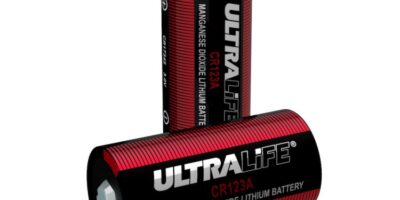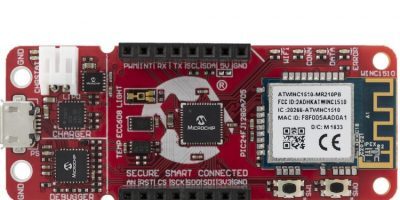Wireless connectivity skills from Virscient are used in STMicroelectronics’ Telemaco3P automotive application processors for connected vehicles.
Virscient offers support to ST customers in the development and delivery of advanced automotive applications based on the ST Modular Telematics Platform (MTP). MTP is a development and demonstration platform incorporating ST’s Telemaco3P telematics and connectivity microprocessor. MTP enables the rapid prototyping and development of smart driving applications, including vehicle connectivity to back-end servers, road infrastructure, and other vehicles, explains ST. Virscient brings wireless connectivity technologies and protocols for architecting connected car systems that rely on technologies such as GNSS (precise positioning), LTE/cellular modems, V2X technologies, Wi‑Fi, Bluetooth, and Bluetooth Low Energy.
The Telemaco3P incorporates dual Arm Cortex-A7 processors with an embedded hardware security module (HSM), an independent Arm Cortex-M3 subsystem, and a set of connectivity interfaces.
Telemaco3P SoC ensures a secure connection between the vehicle and the Cloud, explains ST. Its asymmetric multi-core architecture provides powerful application processors as well as an independent CAN control subsystem with optimised power management. Its ISO 26262 silicon design, its embedded Hardware Security Module, and automotive-grade qualification up to 105 degrees C ambient temperature allow for the implementation of a range of secure telematics applications supporting high-throughput wireless connectivity and over the air (OTA) firmware upgrades.
ST and Virscient will be exhibiting the Modular Telematics Platform within the ST Automotive Telematics Ecosystem at Embedded World. Visit ST in Hall 4A, stand 4A-138.
Semiconductor supplier, ST provides intelligent and energy-efficient products enabling smarter driving and smarter factories, cities and homes, along with the next generation of mobile and IoT devices.
Virscient helps the world’s leading semiconductor and product companies get to market faster with quality wireless connectivity solutions for automotive, audio, IoT, and industrial markets. With deep expertise in secure wireless and connected systems, Virscient provides engineering services and intellectual property spanning a range of technologies such as Wi‑Fi, Bluetooth, 5G, GNSS, LoRa, Sigfox and IEEE 802.15.4.






